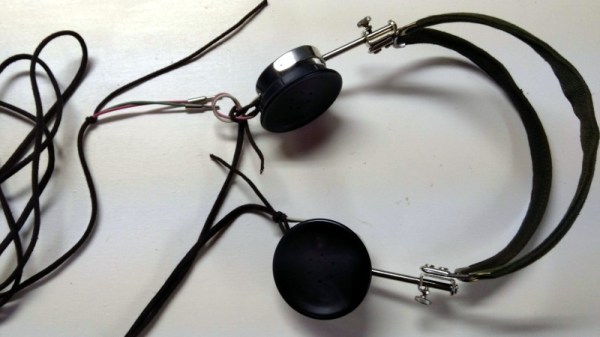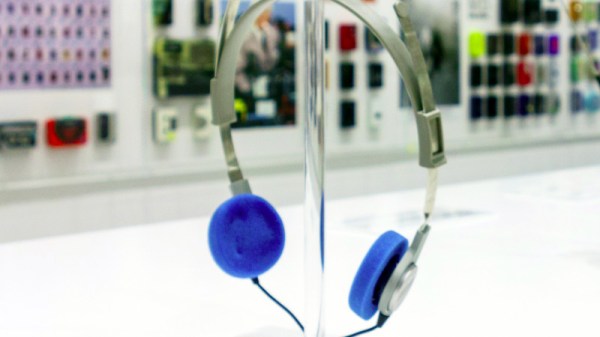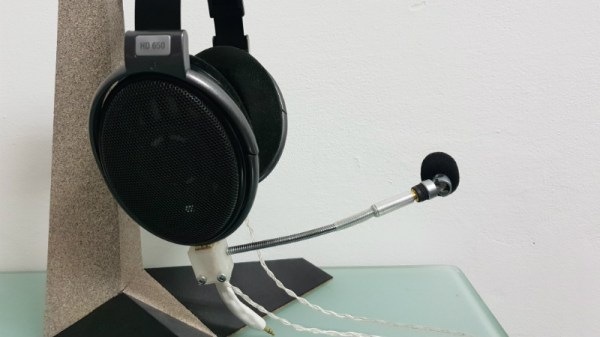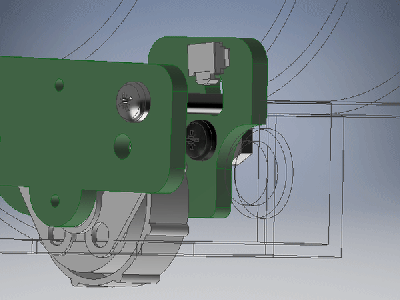Military headphones, at least the older ones, are like few other sound reproducers. They are an expression of function over form, with an emphasis on robustness over operator comfort. Electrically they most often have high-impedance drivers and annoyingly proprietary connectors for whichever obscure radio system they were a part of.
[John Floren] has a HS-16A headset, the type used by the US military during the Vietnam war. It’s an antiquated design with a dual spring steel headband and on-the-ear ‘phones with no muff for comfort, and a quick bit of research finds that they can be had brand new in their 1960s packaging for somewhere around $20. Their connector is a pair of odd metal pins, and rather than doing what most of us would do and snipping the wire to fit something more useful, he hunted high and low for a TE Connectivity receptacle that would fit them. A short extension and a jack plug allowed him to use these slightly unusual cans.
This isn’t a special hack, but it’s still an interesting read because it sheds a bit of light upon these old-style headphones and reveals that they’re still available for anyone who wants their radio operating to have a retro feel. If you buy a set, you’ll probably still have them decades after more modern pairs have bitten the dust.










 [Jake Bickhard] is a confirmed Porta Pro disciple, owning enough pairs of them that he’s cagey about confirming how many are actually kicking around his home. The only thing he doesn’t like about them is the fact that they’re wired. As it happens, Koss just recently came out with a Bluetooth version of the venerable headphones. But he thought he could do just as well
[Jake Bickhard] is a confirmed Porta Pro disciple, owning enough pairs of them that he’s cagey about confirming how many are actually kicking around his home. The only thing he doesn’t like about them is the fact that they’re wired. As it happens, Koss just recently came out with a Bluetooth version of the venerable headphones. But he thought he could do just as well 









